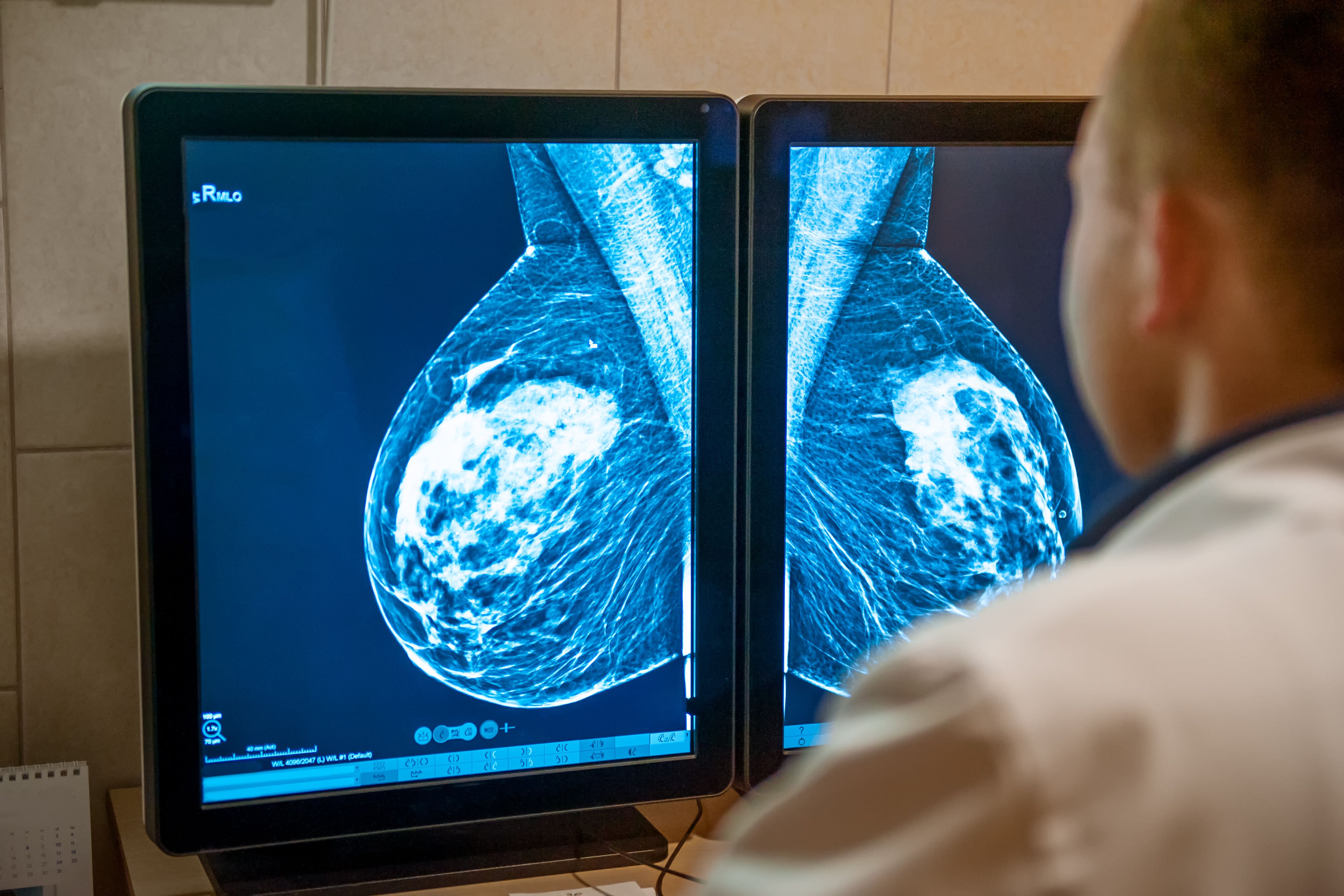Article
Study Finds Genetic Counseling for Breast, Ovarian Cancer Syndrome Did Not Significantly Increase with Clinician Support
Author(s):
Women at high risk for breast and ovarian cancer felt less worried and better informed with educational intervention, even if their attendance of genetic counseling did not significantly increase.
A new study shows that access to clinician decision support did not significantly increase the number of women who received genetic counseling for potential breast and ovarian cancer, according to data published in JAMA.
The study’s primary endpoint was an uptake of genetic counseling in 6 months. The secondary endpoints were increases in genetic testing at the 6 month and 24-month marks, and decision-making measures based on surveys from baseline, 1 month, postclinic visit, and the 6 month-mark.
As much as 10% of breast cancers and 15% to 20% of ovarian cancers could be preventable, according to the study. The genetic variants BRCA1 and BRCA2 (BRCA1/2) that cause hereditary breast and ovarian cancer syndrome (HBOC) create a 60% to 80% lifetime breast cancer risk and 20% to 40% lifetime ovarian cancer risk. Preventative and risk-management strategies to identify BRCA1/2 in women (including screenings, chemoradiation, and surgeries) could reduce their risk of cancer by 90%.
From December 2018 to August 2020, 187 enrolled patients—101 in the intervention group and 86 in control group—participated in the randomized and controlled trial. Participants were between 21 and 75 years of age with no personal history of breast or ovarian cancer, nor did they have genetic counseling or testing for HBOC. Family history was screened to ensure they met the criteria of BRCA1/2 testing.
Participants took a questionnaire at baseline, 1-month, after their clinic visit, and at 6 months that assessed sociodemographic factors. According to the study, 46.6% were Hispanic, 8.1% were non-Hispanic Black, 38.2% were non-Hispanic White, and 18.9% had high school education. The surveys also assessed decision making. Researchers used decision-making data to assess participants’ genetic testing knowledge, decision conflict, perceived breast cancer risk and worry, and self-efficacy.
Participants also received RealRisks DA, which offers education and games to improve patients’ knowledge of breast cancer. They also got the BNAV tool, which showed a woman’s personalized risk from the RealRisks assessment.
At 6 months, there was no significant increase in participants who used genetic counseling and the intervention group still had a 19.8% uptake. At 24 months, approximately 10% more women in the intervention groups received genetic testing compared to the control group. In total, 58 women opted for genetic counseling. Additionally, 49 received genetic testing.
The intervention group also reported less worries about breast cancer after 6 months. Their perceived risk of breast cancer at post-visit and 6 months was significantly less than the control group, according to the study.
Of the women in the intervention group who received genetic counseling, over one-third were ethnically diverse women. Despite this increase, there was only a small increase in genetic counseling among all patients with access to clinician decision support.
The authors recommend counseling because it guides high-risk women to have screenings and preventative services that could decrease their cancer risk.
The United States Preventative Services Task Force (USPSTF) recommends screening asymptomatic women, especially those who have a hereditary increased risk of BRCA1/2, and offering genetic counseling. There needs to be more risk assessment in minoritized racial and ethnic populations that have lower education, income, and less references to genetic testing.
Reference
Kukafka R, Pan S, Silverman T, et al. Patient and Clinician Decision Support to Increase Genetic Counseling for Hereditary Breast and Ovarian Cancer Syndrome in Primary Care. JAMA Network. 2022;5(7):e2222092. doi:10.1001/jamanetworkopen.2022.22092





